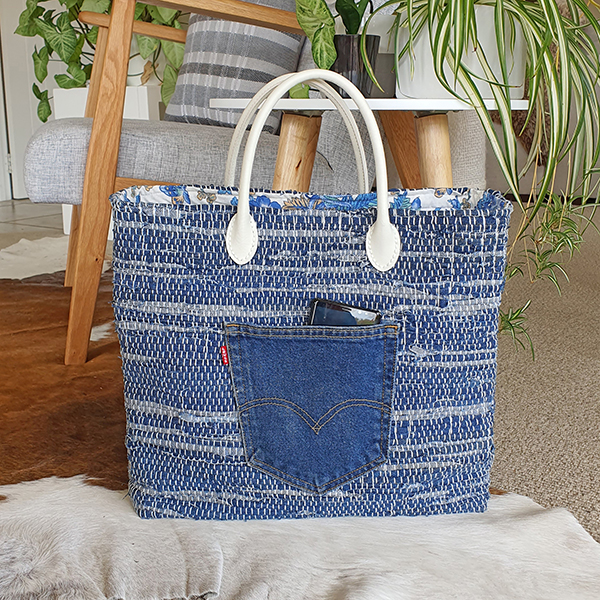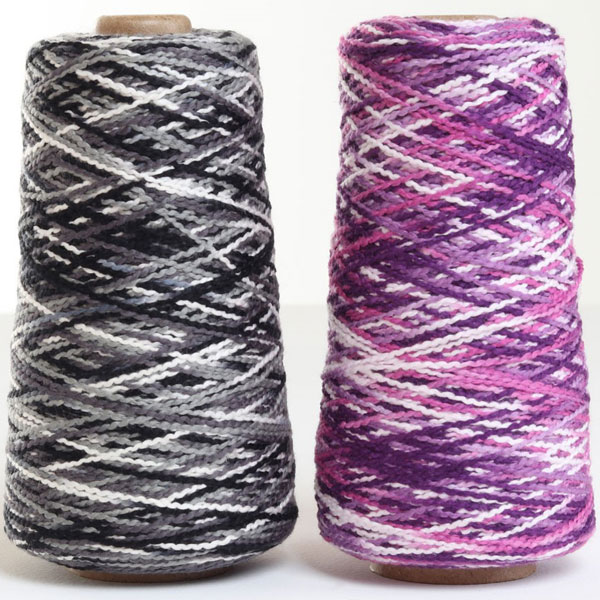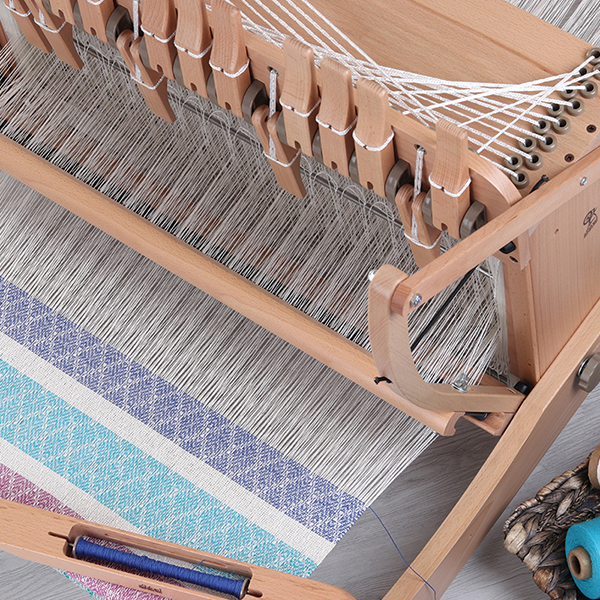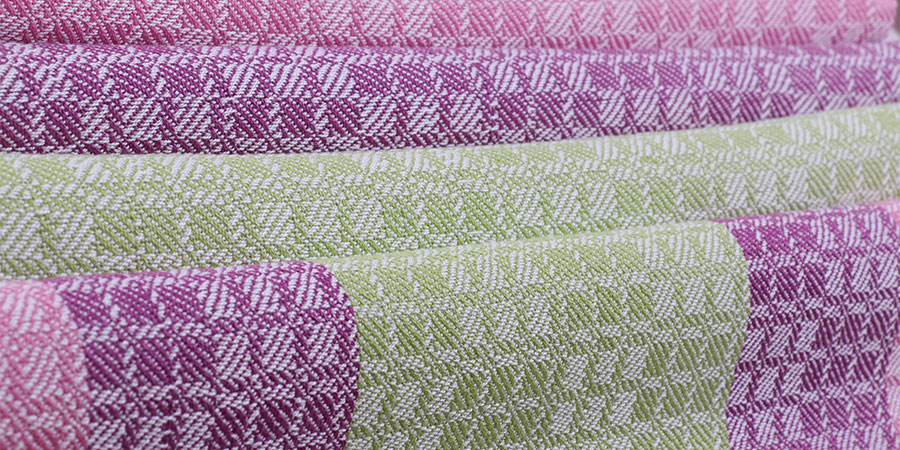
Let’s talk about setts…
No, not the 90s pop song—sett is a weaving term that’s all about how close together your threads are. If you’re just getting started with weaving, understanding sett will help you make fabric that feels just right—whether you want something soft and flowy or strong and sturdy. Don’t worry, it’s not as complicated as it sounds! This post will walk you through the basics, step by step.
Happy weaving!

Kate
What is sett?
Sett is simply the number of warp threads (ends) in a set unit of measurement – usually ends per inch (epi) or ends per centimetre (epcm).
If you can calculate the sett for your project to your best estimate you will reduce the number of samples you need to make (yes always sample, sample, sample!).
What does the sett affect?
The sett of your warp will determine the drape, the feel, the handle and the durability of your finished fabric. If your sett is too low, there will be too few threads, and your fabric may be slippery and not stable. If your sett is too high, there will be too many threads, and your fabric may be stiff and hard.
With every yarn there comes the question “what sett do I weave this at?” and the answer is always: it depends. The sett will depend on three things – the yarn, the weave structure and the end purpose.
You need to know the sett before you can calculate the number of ends to wind for your warp. The sett multiplied by the width of your project gives you the number of ends to wind.
Determining the sett
End Purpose
I like to start with the end purpose – what is my fabric going to be used for? Drapey scarf or shawl, firm upholstery fabric, or fabric for sewing clothing. Once I know this, I can choose a weave structure that is suitable.
Weave Structure
The weave structure will also affect how the fabric drapes, feels, and the handle – this is because of how often the weft and warp threads interlace. Think about plain weave, your weft goes over one wrap thread, under one, over one etc. so the fabric is significantly interlaced. The weft in twills, however, typically goes over two or three threads in a group so there are fewer interlacements. This is why twill weaves drape better than plain weaves. Knowing the weave structure and the interlacements will help you determine your sett more accurately.
Yarn
You need to calculate the wraps per inch (wpi)/wrap per cm (wpcm) of the yarn you are using. To calculate the wpi (wpcm) take your warp yarn and wrap it around a ruler until 1 inch (2.5cm) is covered.
Do not wrap too tightly, push the wraps too close together, or stretch the yarn. Count the number of wraps – this is your wpi (wpcm).
The sett calculation
Now you need to do some maths.
Sett = (W x R) / (I + R)
W = Wraps per inch
R = Number of warp threads in one repeat
I = Number of interlacements (Note: An interlacement is where the weft thread changes direction, passing from over to under a warp thread, or vice versa.) For example, in plain weave there are two interlacements for every two warp threads.
To determine the sett for our Ashford 5/2 Mercerised Cotton:
Plain weave calculation:
W = 30, I = 2, R = 2
Plain weave sett = (30 x 2) / (2+2) = 15epi
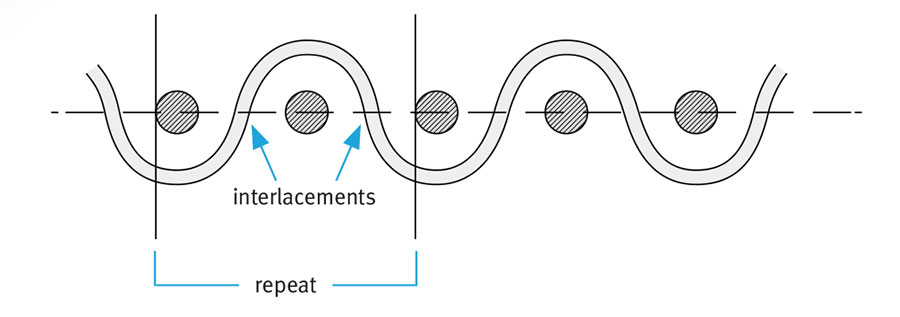
Twill weave calculation:
In a twill weave there are two interlacements for any four warp threads.
W = 30, I = 2, R = 4
Twill weave sett = (30 x 4) / (2+4) = 20epi
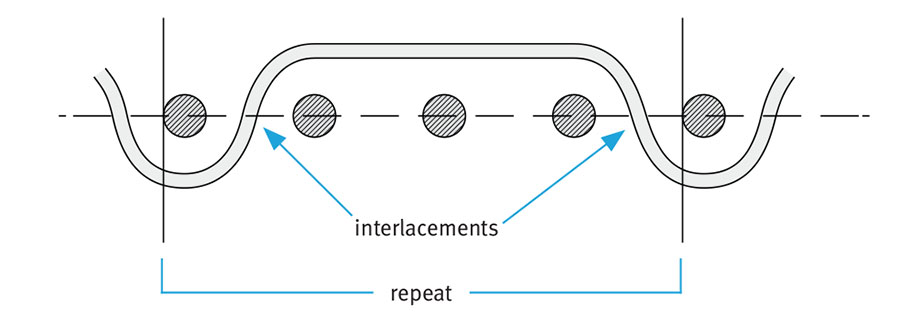
Or more simply, if you are going to do a balanced plain weave, divide the total number of wpi (wpcm) by two – this is your sett. If you are doing a twill weave your sett will typically be 2/3rds of your wpi (wpcm) as you have fewer interlacements.
These calculations are a great starting point – but there are a few other things to consider once you reach this starting sett number:
- Slippery yarns need to be sett slightly higher (closer) to avoid slippage of warp or weft, resulting in unstable fabric.
- Fabrics that need to drape well should have a slightly reduced sett—by 5–10%.
- Firm, durable, hard-wearing fabrics for upholstery need to be 15–20% higher than the calculated sett. Don’t forget your beat will have to be increased accordingly also.
- Woollen yarns will ‘blossom’ more than other yarns, so reduce the sett by 10–15%
Samples
All samples are woven in Ashford Mercerised Cotton 5/2 White #01
(click images for a larger view)
Sett 14epi
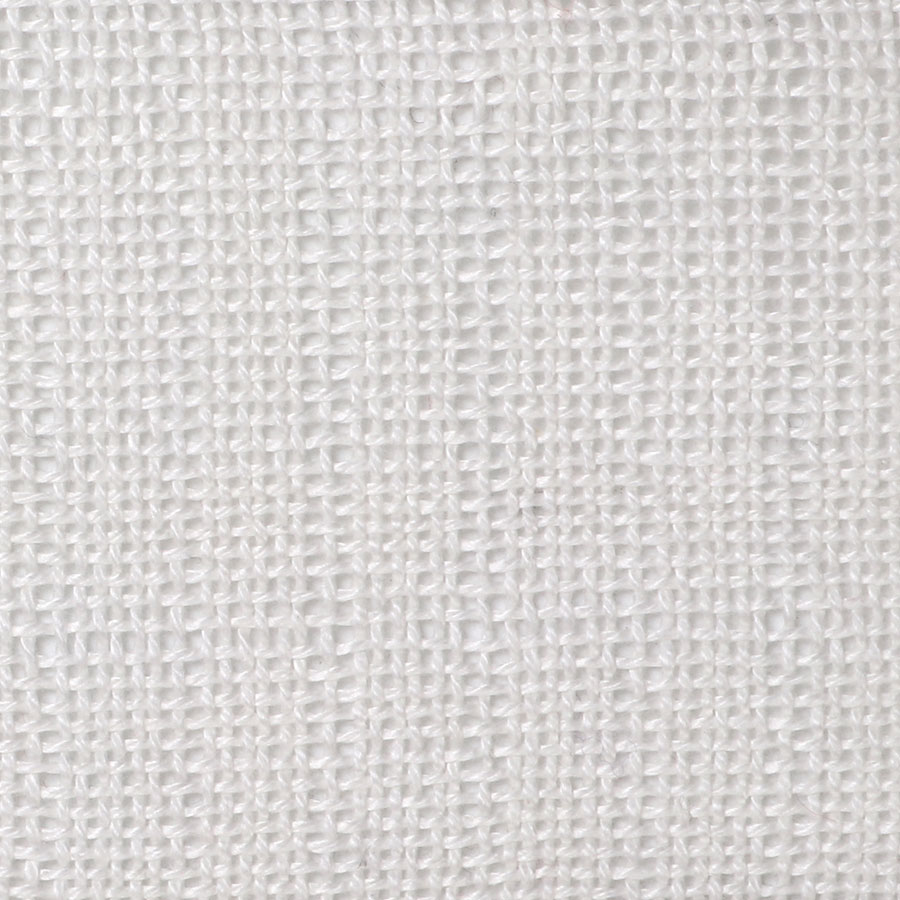
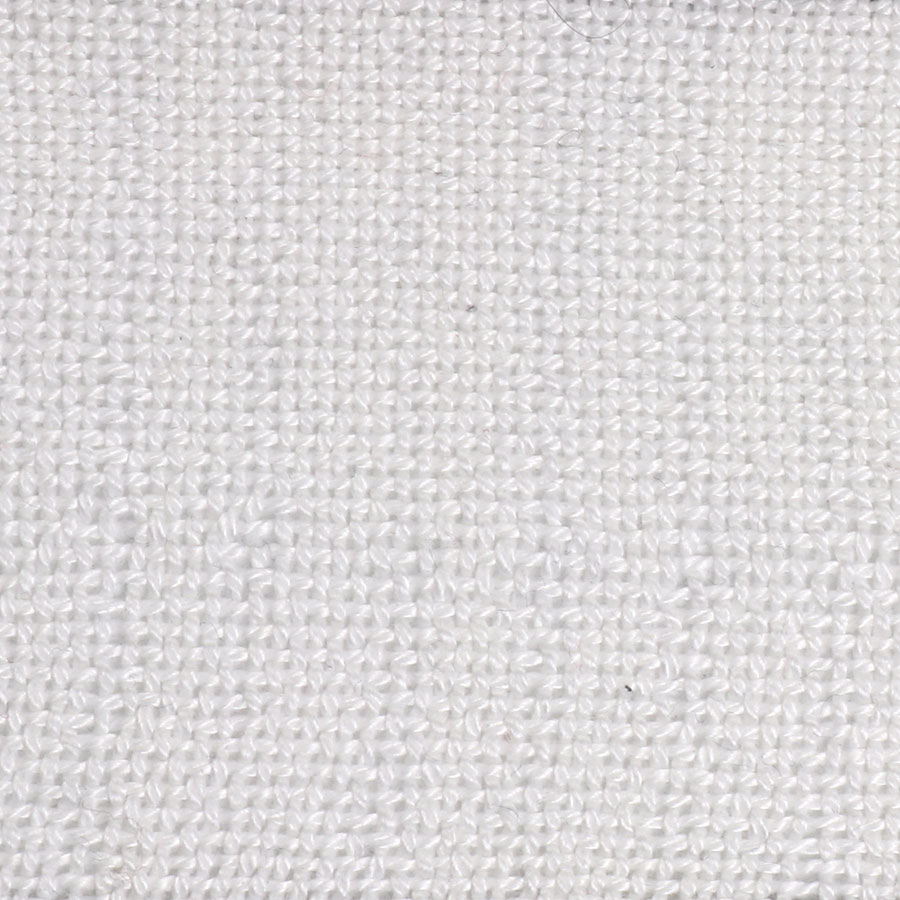
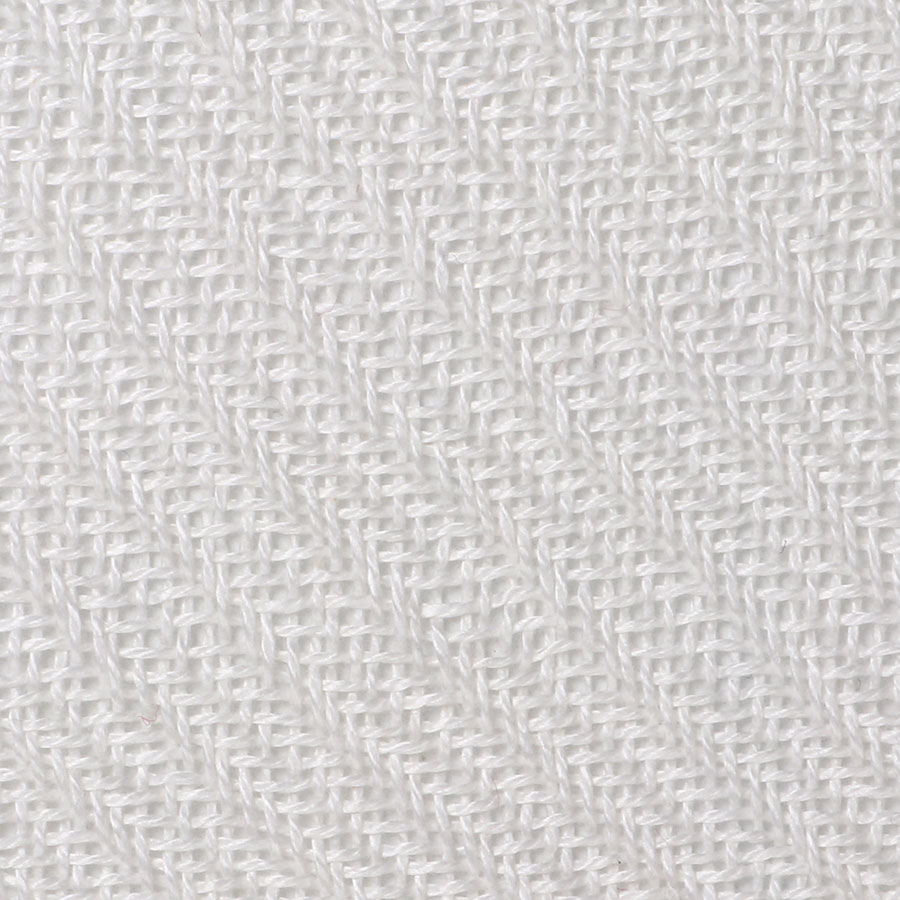
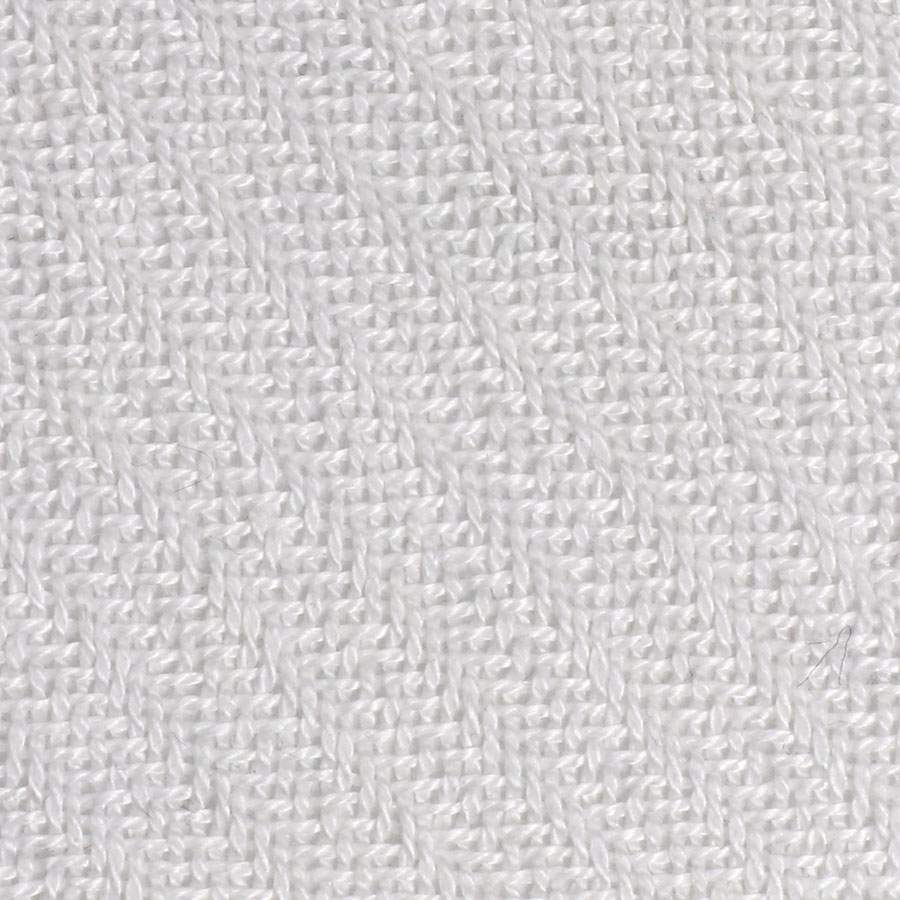
Sett 18epi
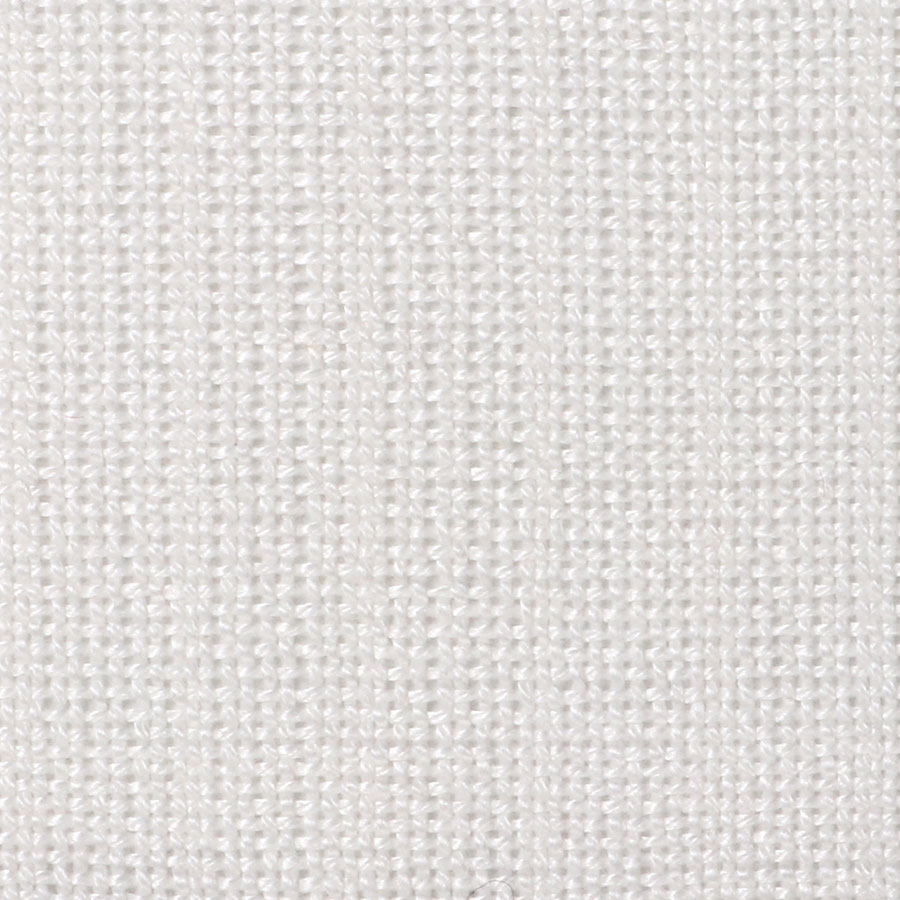
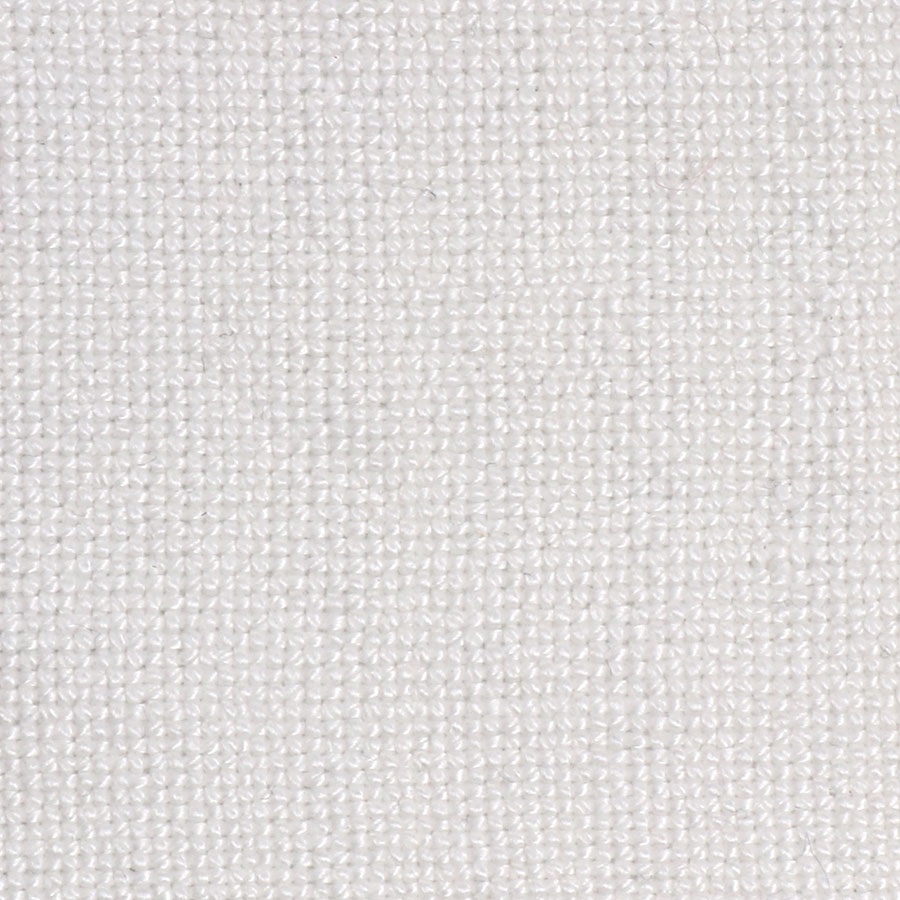
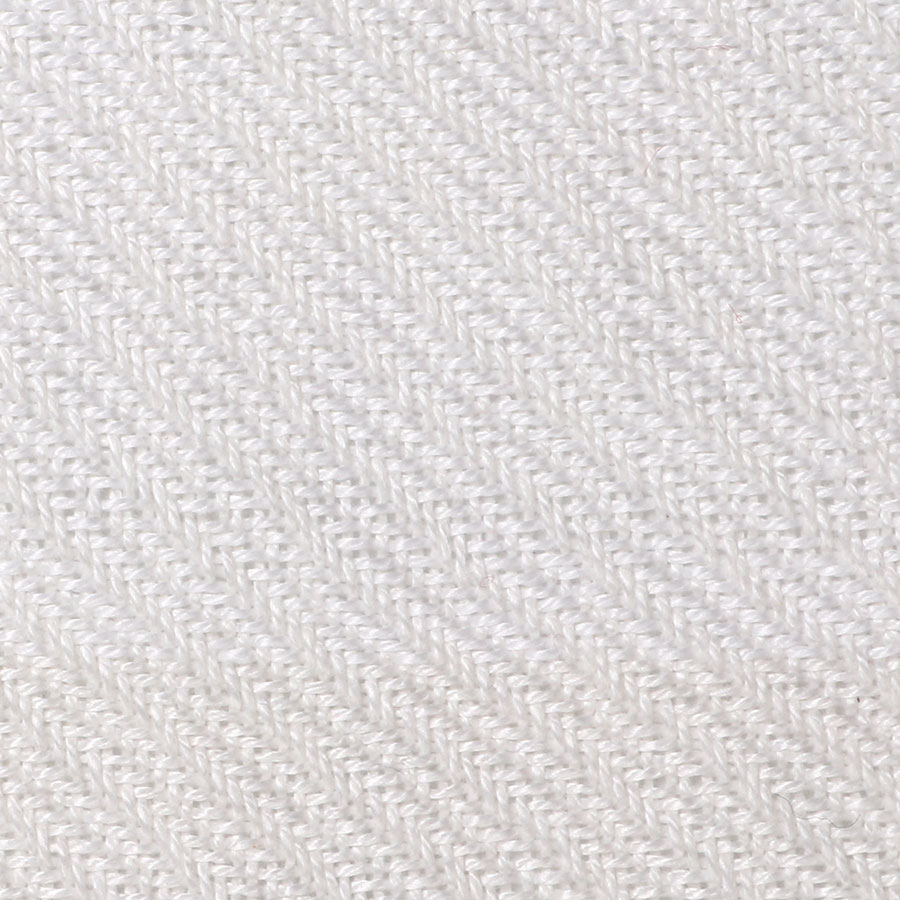
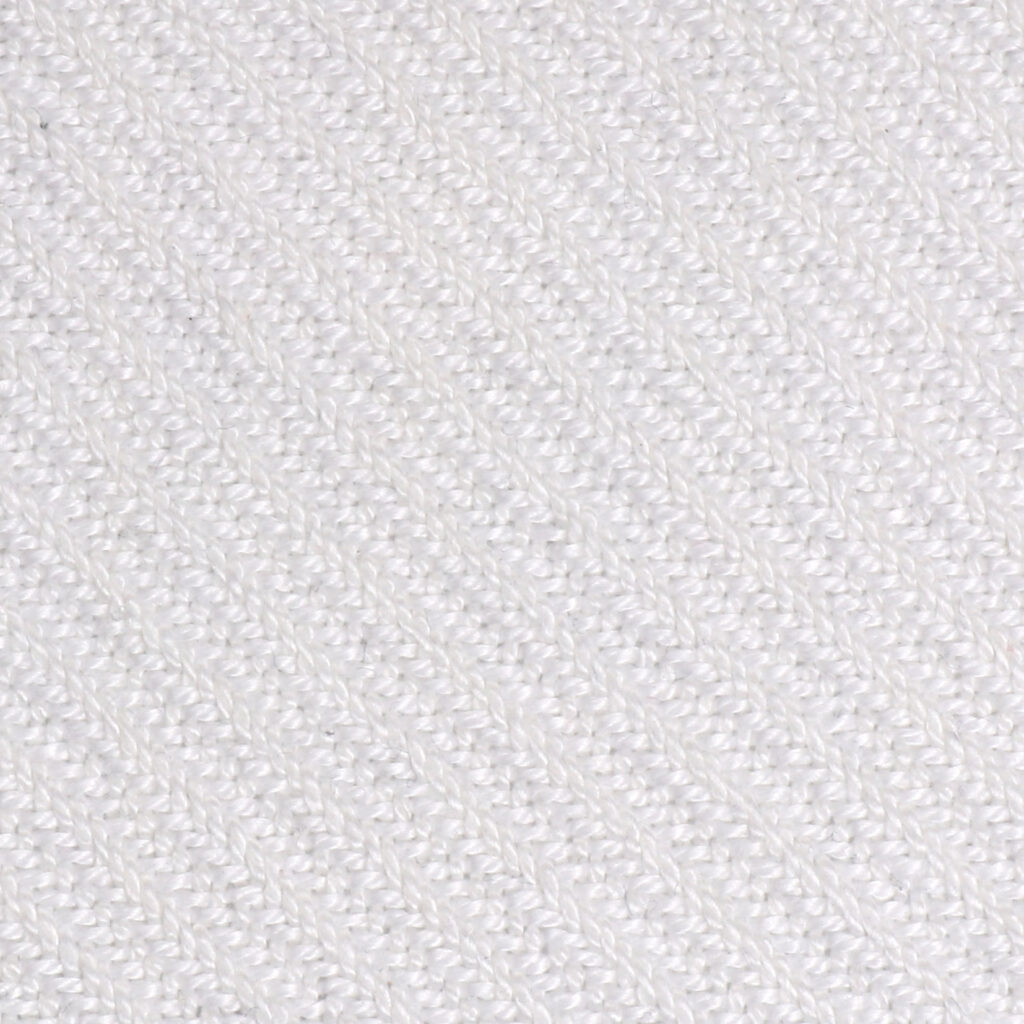
Sett 22epi
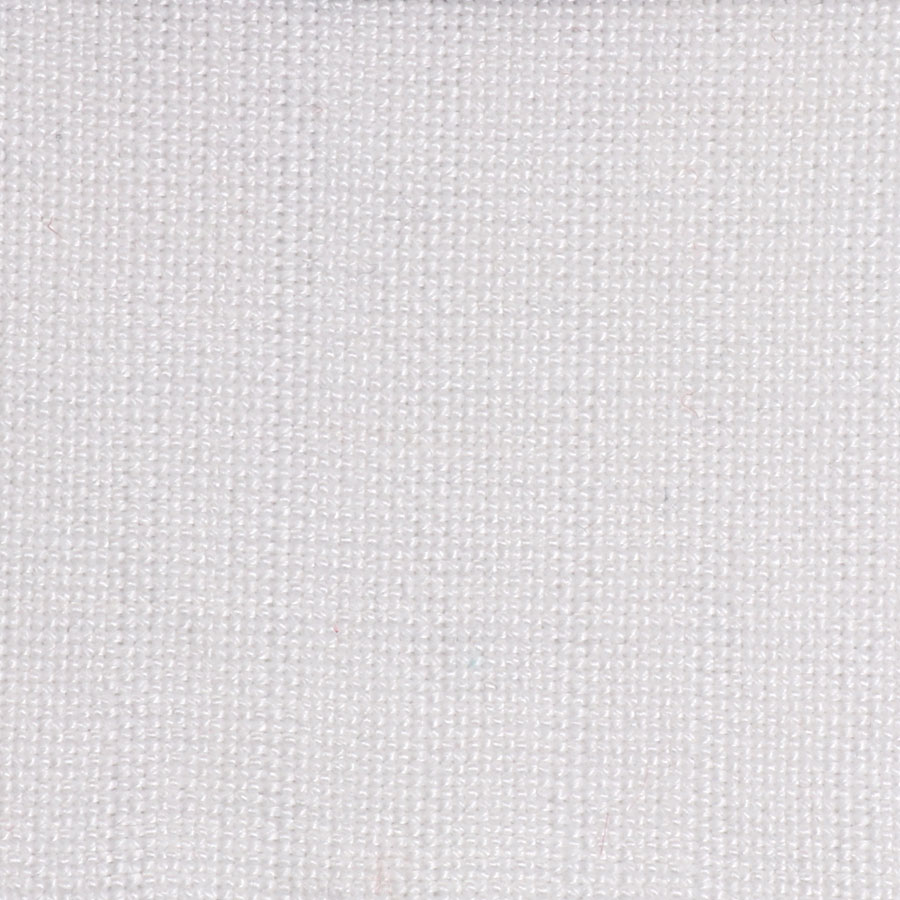
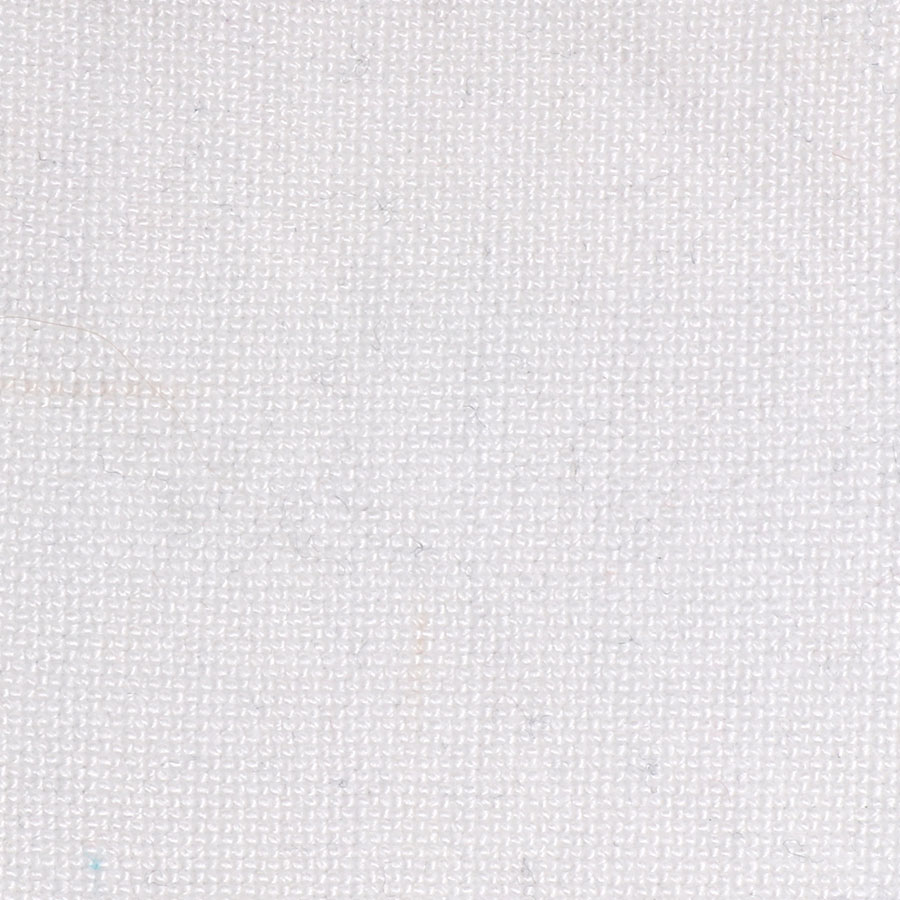
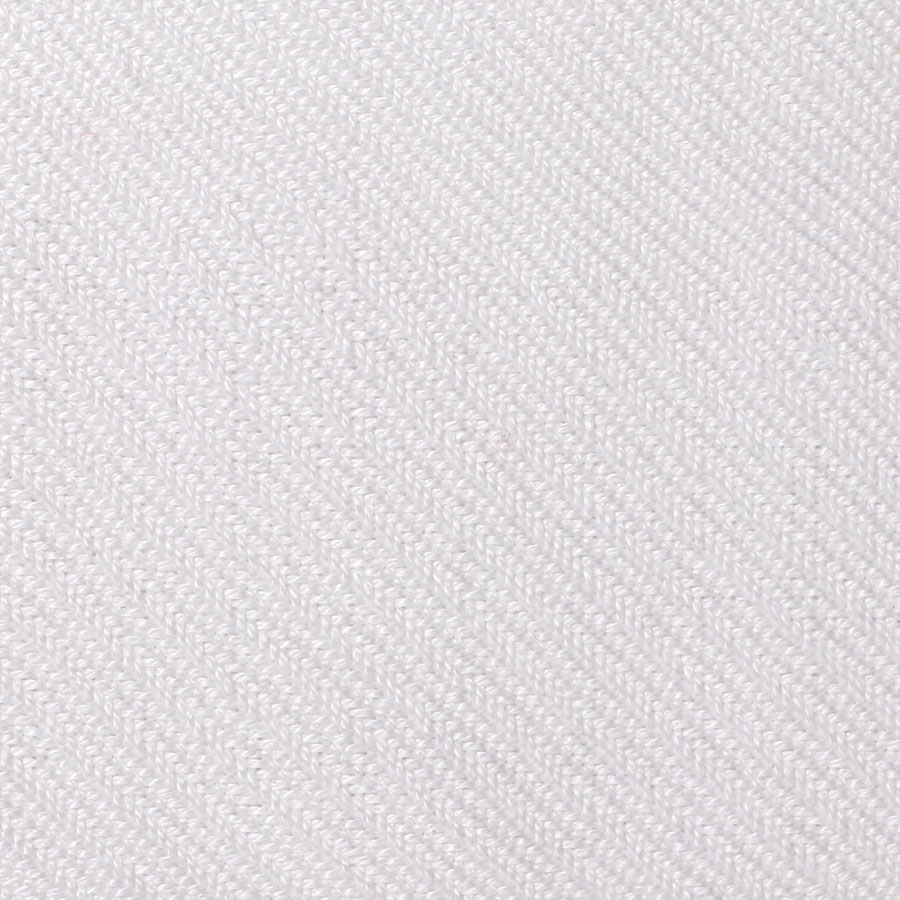
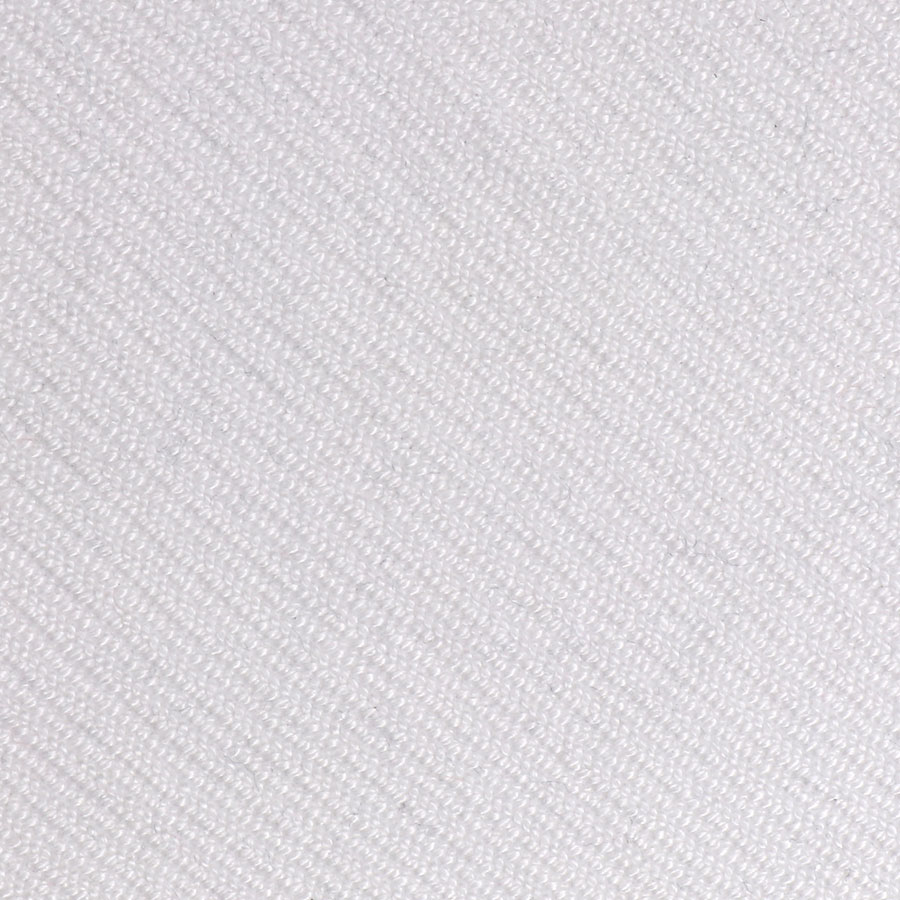
Hints for ensuring you do the happy dance when your fabric comes off the loom and is finished!
- Sample, sample, sample – it might sound tedious, but it’s worth it to ensure your fabric turns out right.
- Start with your calculated sett. Weave a 6–8 inch (15–20 cm) square, remove it from the loom, and wet finish (wash). This will also show you the shrinkage of the fabric that you will need to take into consideration. Adjust your sett up or down as required.
- Remember what the fabric looks like on the loom and what it looks like once finished is quite different.
- Keep records – your future self will thank you!
- Develop good habits and remember to take time, be patient and enjoy the process!

